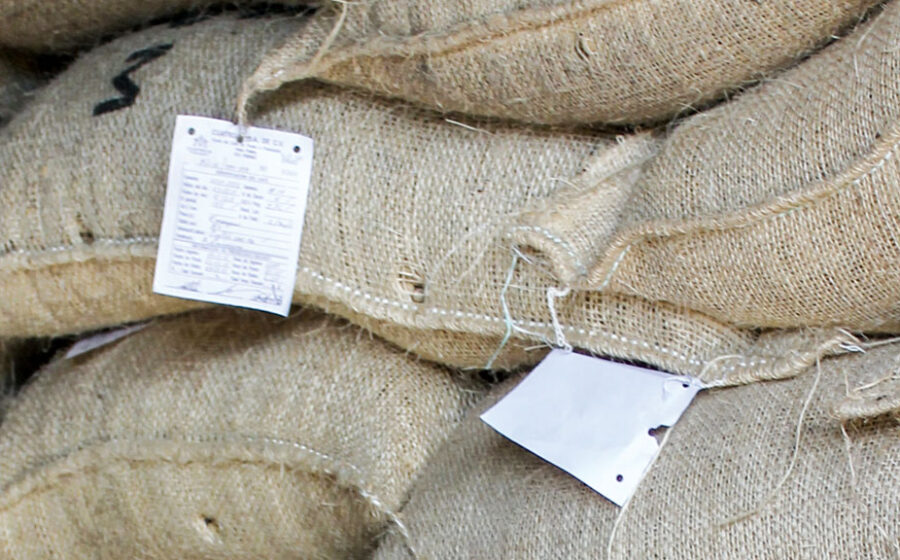(Photo: Dan Leif.)
[I]n 2013, US Customs and Border Protection (CBP) announced a new initiative called “trade transformation.” For coffee importers into the US that follow the regulations, this was a significant and welcome change in philosophy, offering new advantages in international commerce and repairing significant barriers, such as border and port-of-entry delays and reduced possibility of container inspections, that had plagued importers in the years leading up to the announcement.
As a result of the tragic events of September 11, 2001, America’s relationship with the rest of the world changed. Almost immediately, and understandably, the focus for America’s international borders and ports-of-entry became national security. In November, 2002, US Customs, which had previously been a revenue-generating function of the Department of the Treasury, became US Customs and Border Protection, moving under the newly formed Department of Homeland Security.
The increased focus on security instantly impacted importing for the US—what became known as the “thickening” of the border. Almost overnight, wait times at land borders and ports-of-entry into the US increased dramatically, as scrutiny of both freight and individuals became more intense. International trade quickly became more complicated.
To the US business community, the repercussions of thickening the border caused a greater economic issue for the country, as deterrents to international trade (such as costly delays) directly impacted people’s appetite for private investment and job creation. “Trade transformation” was a welcome adjustment. The theory behind the policy change was that the most effective way to facilitate legitimate trade is to aggressively target bad actors.
With the intricate and often-changing rules and regulations involved in importing, there is plenty of room for errors.
The issue for many importers is that with the intricate and often-changing rules and regulations involved in importing, there is plenty of room for errors, including marking, proper documentation, or even simply clerical mistakes on bills of lading or invoices. And the cost of errors can be steep—potentially resulting in increased inspections, or a full investigation from CBP into all of your transactions for the last five years, leading to fines. While coffee seems like a fairly simple product to import, as opposed to, say, machinery with multiple components, it’s not difficult to get into hot water with CBP as a result of carelessness, or assuming you have the right documentation.
Today, the US Harmonized Tariff Schedule (USHTS) is the organized listing of goods used as the basis for classifying imported products and identifying duty rates. Determining the correct classification can be complicated, depending on the nature of the product being imported, and companies are often stung for an incorrect classification, even though the one they used seemed perfectly logical. All goods are classified as closely as they can be to the most specific provision available in the USHTS.
For example, coffee comes in many forms. For CBP, there are separate classifications for roasted coffee beans, non-roasted coffee beans, coffee husks and skins, coffee substitutes, decaffeinated coffee, instant coffee, coffee extracts, coffee preparations, and coffee drinks. There is a lot to know, and the importer holds the ultimate responsibility for providing the right information. Meaning, if anything’s wrong, CBP turns to the importer for answers and, possibly, penalties—not the various players in the supply chain, even if the “fault” was theirs. If CBP finds a problem, for example, an incorrect tariff classification on a shipment of coffee, as a matter of policy a statement is included advising the importer to review five years of previous entries and remit past duties resulting from the tariff change. This opens a door for lots of potential problems for importers, as missing deadlines on payments can result in additional fines and potential sanctions.
There is a lot to know, and the importer holds the ultimate responsibility for providing the right information.
In addition to CBP’s rules, other federal agencies, such as the Food and Drug Administration, may have additional requirements. CBP works very closely with other agencies relevant to the product being imported in order to facilitate imports, and it’s critical for coffee importers to understand the roles, regulations, and responsibilities of each department related to both security and trade. Imported items lacking proper country-of-origin marking must be exported, destroyed, or modified at the importer’s expense and under CBP’s supervision.
Importing companies are also subject to country-of-origin marking regulations. Every article of foreign origin entering the United States must be legibly marked with the English name of the country of origin, with only rare exceptions. Proper marking for coffee importers depends on the state of the coffee. Green coffee should be marked with the country of origin on the outer packaging. Roasted coffee will need additional FDA labeling requirements, such as nutritional information. All regulations are product specific.
With the current strength of the US dollar, coffee importing can be a smart and timely business decision. It’s not a process to go into lightly, though, as mistakes can be very costly—both in regards to delays that keep customers waiting or penalties that can be imposed by CBP. Customs compliance—working your compliance program directly into your logistics processes from the start—has quickly become a priority for US importers.
Rules for importing are consistently changing, and keeping up with the changes is a 365-day-a-year responsibility. CBP’s trade transformation puts the onus on the importer to do things properly, but is designed specifically to benefit those who do.
—Damon Piatek is the CEO of Welke Customs Brokers, which serves importers at all ports-of-entry in North America.















